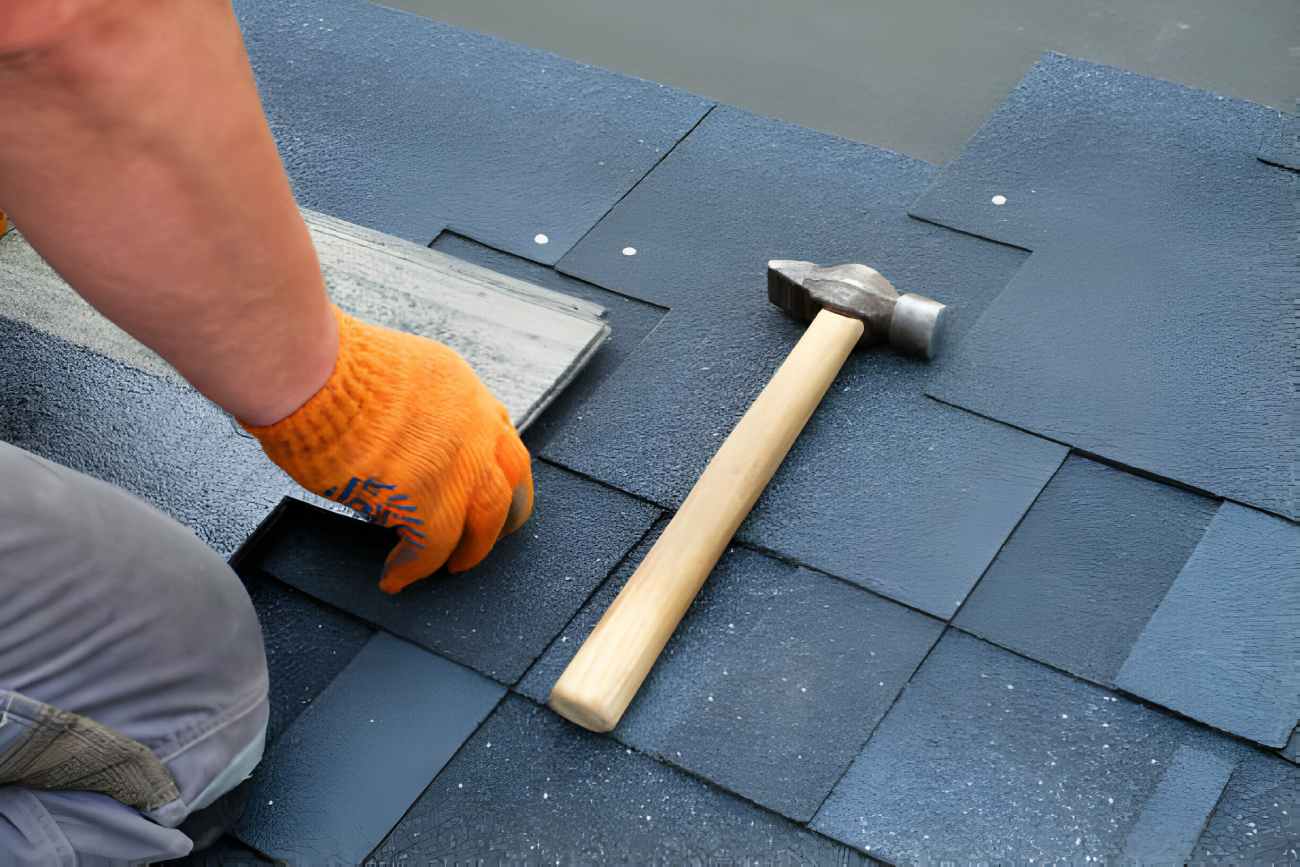Roof replacement is a vital home improvement project that demands careful planning and execution. While the anticipation of a new roof can be exciting, the question that occupies most homeowners is – how long does a roof replacement take?
The answer is not as straightforward as it might seem. It depends on various factors, including the type of roof, choice of roofing material, the size of the roof, the method of replacement, the prevailing weather conditions, and the proficiency of the roofing contractors.
Factors Influencing the Roof Replacement Timeline
1. Choice of Roofing Material
The kind of roofing material you opt for significantly impacts the duration of the roof replacement process. Here’s a rough estimate of the time taken for installing common roofing materials:
- Asphalt Shingles: 1-3 days
- Wood Shakes: 2-8 days
- Slate: 6-7 days
- Concrete Tiles: 8-9 days
- Metal: 7-14 days
2. Roof Size
The size of your roof is a critical factor that determines the roof replacement timeline. Workers can replace smaller roofs within a day, while larger roofs may take several days to complete.
3. Type of Roof
The type of roof you have is also a factor that determines length of time to complete the job. Replacing a flat roof is more straight forward than a gambrel roof or a hip roof for instance.
4. Replacement Technique
The method employed by your roofing contractor also affects the timeline. The overlay technique, which involves installing new shingles directly over the old ones, speeds up the process but is not always advisable. The tear-off method, where the old roof is entirely removed before installing the new one, takes longer but often yields better results.
Recommended Reading: Should I Stay Home During Roof Replacement?
Possible Delays in Roof Replacement Timeline
1. Weather Conditions
Sunny and dry periods are usually the best time for roof replacements. Inclement weather like rain, storm, or even extreme heat can cause delays as it becomes unsafe for the roofers to work.
2. Unforeseen Roof Damage
Often, workers detect substantial damage during a roof replacement, requiring additional repair work. This can extend the replacement timeline.
Roof Replacement Process
1. Hiring the Right Contractor
The first step towards a successful roof replacement is choosing the right contractor. A skilled and experienced contractor can ensure a high-quality roof that can withstand the test of time and weather. You can find professionals local to you by searching for a ‘roofer in Arizona‘ or a similar search based on your location and reviewing their qualifications, past projects, and customer reviews.
2. Choosing the Right Materials
The next step is selecting the roofing material that suits your budget, aesthetic preferences, and the local climate. Your contractor can guide you in making an informed choice.
3. Removing the Old Roof
The old roof is then removed to make way for the new one. This process involves stripping off the old shingles and cleaning the roof surface.
4. Inspecting the Roof Decking
Post the removal of the old roof, the roof decking is examined for any signs of damage or rot. Damaged decking is replaced before installing the new roof.
5. Preparing the Roof Surface
The roof surface is then prepared for the new installation. This involves the installation of drip edge and underlayment to protect the roof from water damage.
6. Installing the New Roof
The new roofing material is then installed. The installation process and duration depend on the type of roofing material chosen.
7. Cleanup and Final Inspection
Post-installation, the site is cleaned. Now, the concerned contractor may choose to utilize certain tools that can help in speeding up the process of cleaning up. One way to do this would be to use tailored dumpsters for roofing debris which can efficiently handle the waste and ensure the area remains tidy. This step, along with using specialized tools for removing leftover materials and eco-friendly disposal methods for hazardous items, helps maintain a clean environment. Then, a final inspection is conducted to ensure the quality of work, confirming that all safety and workmanship standards are met before concluding the project.
Key Questions
When is the Ideal Time to Replace Your Roof?
While there’s no hard and fast rule, people usually schedule roof replacements from late spring to early fall, when the weather conditions are generally favorable. However, it’s advisable to finish the job as soon as possible to prevent further damage.
What is the Average Duration of Roof Replacement?
The roof replacement duration can vary greatly depending on multiple factors discussed earlier. However, on average, it usually takes 1-2 days for an average-sized home. If replacement is due to damage beyond your control, it’s possible that your insurance company pays for the new roof.
Knowing how long a roof replacement takes can help homeowners plan accordingly and alleviate some of the stress associated with major home improvement projects. It’s crucial to remember that while the process might seem daunting, the benefits of a new, sturdy, and durable roof far outweigh the temporary inconveniences.
Engaging a professional roofing contractor can ensure a smooth and efficient roof replacement process. So, when you’re ready for it, choose your contractor wisely, understand the process, and sit back as your home gets a fresh, new cover!
